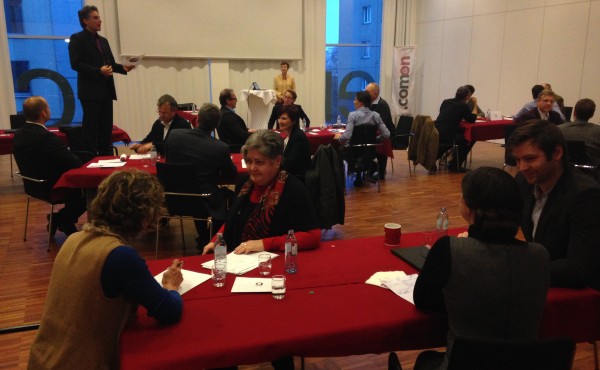Setting up (Online) Meetings

Set your (online) meeting up right – and it will be successful
YOUR FIRST STEP: Choose the basic Setup for your meeting
When you are setting up a meeting, you do have to take a basic, but very important choice right in the beginning: Will the meeting be
1) “all equals“, meaning that all participants are on the same level and can contribute to process & content, or will the meeting be
2) moderated, i.e. will you or somebody else be the Meeting Master conducting it and be responsible for the process.
This setup has a huge influence on the entire meeting, its pitfalls and its outcome.
All Participants have the same status – A good meeting choice?
Unmoderated Meeting
There are enticing advantages of setting up a meeting of equals:
- Equality feels right.
- Any member can change the path any time. If participants are knowledgeable and experienced in using moderation tools, they can suggest appropriate tools, like One-Point-System, query by acclamation, mind mapping or topic memory.
- It is easy – no need to prepare the process and can be set up in no time.
Meeting Tip
Use this method with small participant number (2-4). It works best with result-oriented, meeting experienced, well prepared and conscientious team members. Best for creative and open-ended meetings (“Let´s just pick our brains”).
There are also several pitfalls of setting up a meeting of equals:
- Participants tend to talk over each other so ideas get lost
- People are interrupting each other
- Speaking times might differ widely because “John” really likes himself talking which leads to just a few using up all the speaking time
- “Sally” abstains from sharing her good ideas
- Ideas are repeated several times
- Meeting Rules are continuously broken
- Nobody bothers summarizing interim or final results, so that plenty of meetings end with no clear outcome
A Moderator Leads Through the Meeting
Your team enjoys quite a few advantages by having your meeting actively moderated:
- Have one person (the “moderator”) responsible for bringing the process forward, not only his own arguments
- Improve the group dynamics by having a dedicated “rule enforcer”
- Have the moderator structure the talking session with clear instructions given
- Have somebody actively inviting “feeble” or “disinterested” participants and their ideas out
- Have a dedicated person to summarize, structure, break and bring the process forward
Meeting Tip
Be sure to appoint somebody to lead and structure a meeting if either the discussion points are controversial, you are expecting not only results-oriented or unprepared participants. It is also recommendable if participants face big disparities in experience and/or agreeableness. Best for result-oriented, time efficient meetings of any size (“Let´s not waste time nor miss out on good ideas”).
Make sure as a moderator you do the the objective of the meeting in writing. Ideally, you are not part of the team and have no vested interest in a specific outcome.
Buch Der Meistermoderator

Book Free Discovery Callg

